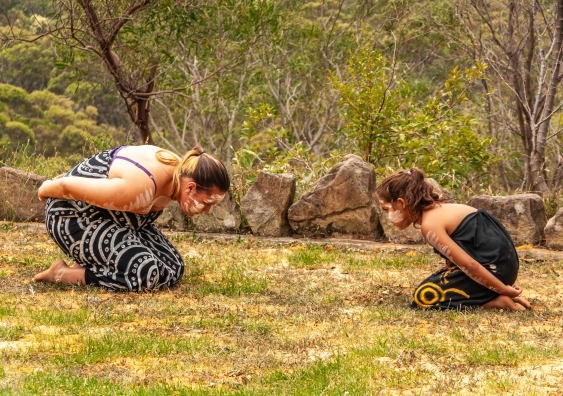The first Indigenous COVID death reminds us of the outsized risk NSW communities face
The second wave of COVID-19 in New South Wales highlights concerns for the unvaccinated and those with multiple risk factors - particularly Aboriginal and Torres Strait Islander people.


